Name Thornton Blackburn | Died 1890, York, Canada | |
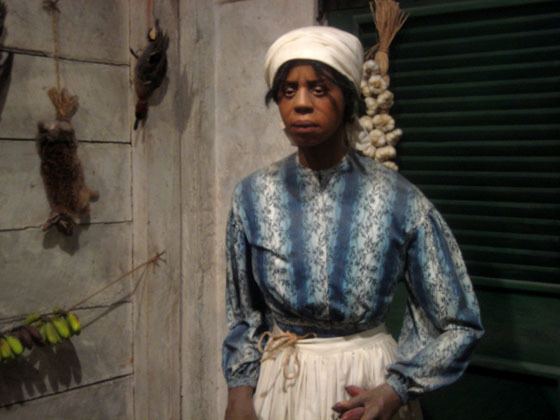 | ||
A History of Toronto: #8 The Blackburn Story - Slaves on the Run
Thornton Blackburn (1812–1890) was a former slave whose case established the principle that Canada would not return slaves to their masters in the US no matter what they had done. It thus established Canada as a safe terminus for the Underground Railroad.
Contents
- A History of Toronto 8 The Blackburn Story Slaves on the Run
- Blackburn and Brown resting places Toronto Necropolis3gp
- Early life
- Escape
- Toronto
- Legacy
- Additional reading
- References
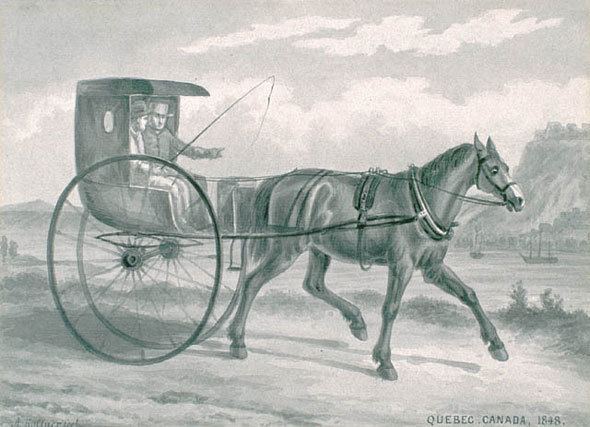
Blackburn and Brown resting places, Toronto Necropolis.3gp
Early life
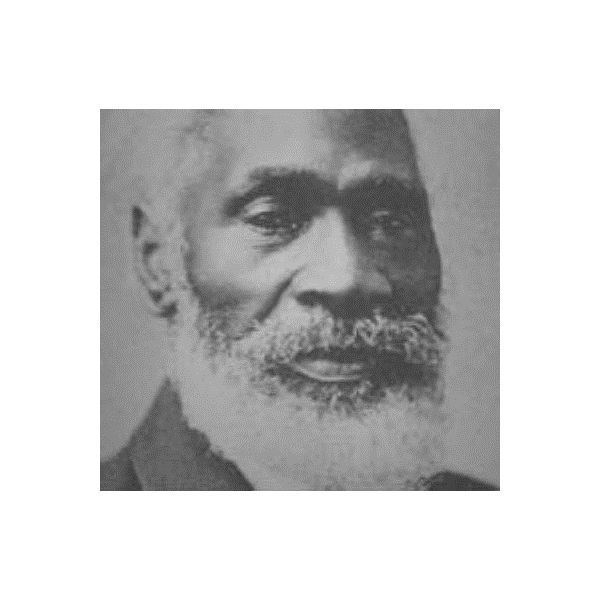
Blackburn was born in Mason County, Kentucky and grew up in Washington, Kentucky, now part of Maysville, Kentucky. He was sold and eventually ended up in Louisville, Kentucky where he met his wife Lucie (also Ruth or Ruthy).
Escape
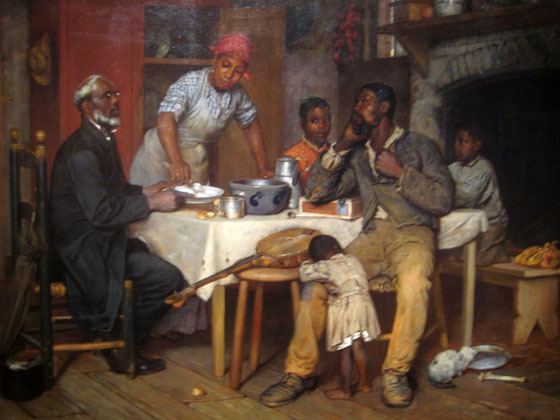
Blackburn and Lucie escaped from Louisville to Michigan]] in 1831. They had been living there for two years when, in 1833, Kentucky slave hunters located, re-captured, and arrested the couple. The Blackburns were jailed but were allowed visitors, which provided the opportunity for Lucie to exchange her clothes—and her incarceration—with a Mrs. George French. Lucie was then smuggled across the Detroit River to safety in Amherstburg, in Essex County, Upper Canada.
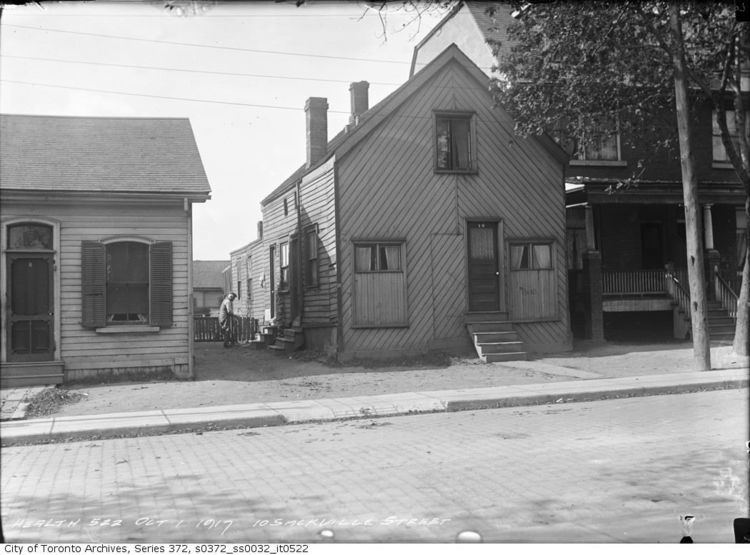
Thornton's escape was more difficult because he was heavily guarded, bound and shackled. The day before Thornton was to be returned to Kentucky, Detroit's African American community rose up in protest. A crowd of about 400 men stormed the jail to free him. During the commotion, two individuals called Sleepy Polly and Daddy Walker helped Thornton escape and eventually find safety in Essex County, Upper Canada. The commotion turned into a two-day riot during which the local sheriff was shot and fatally wounded. It was the first race riot in Detroit, resulting in the first Riot Commission to be formed in the U.S.
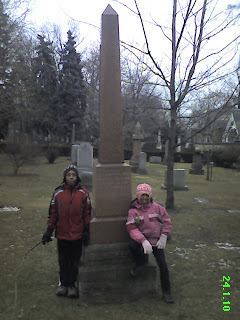
While the unrest in Detroit continued, Thornton's supporters procured a horse-cart and conveyed Thornton away from Detroit to the northeast. A posse had formed to pursue Thornton and caught up with the cart about one mile outside of Detroit. Thornton's pursuers then discovered that Thornton had disembarked from the cart shortly after it had arrived in the wilderness outside of Detroit. With help from his rescuers, Thornton was able to circle west and south of Detroit. He boarded a boat near the mouth of River Rouge and crossed the Detroit River into Essex County to join his wife.
Once in Essex County, Thornton was jailed briefly, while a formal request for his return was issued by the Michigan territorial governor. A reply came from the Lieutenant-Governor of Upper Canada, Major General Sir John Colborne, who refused extradition to the United States, noting that a person could not steal himself, and that lifetime slavery was too severe a punishment for any crime less than murder.
Toronto
Thornton eventually reunited with his wife Lucie in the newly incorporated City of Toronto, arriving in 1834, where he worked as a waiter at Osgoode Hall. Though illiterate, he saw the need for a taxi service, so he obtained blueprints for a cab from Montreal and commissioned its construction. By 1837, he had it: a red and yellow box cab named "The City", drawn by a single horse, and able to carry four passengers, with a driver in a box at the front, which he, himself, would operate. It became the nucleus of a successful taxicab company.
Some time in the late 1830s, Thornton made a daring return to Kentucky to bring his mother, Sibby (born ca. 1776 in Virginia), back with him to join another son of hers, Alfred, Thornton's brother, who may have arrived in Toronto as early as 1826. The Blackburns continued to be active in antislavery and community activities, helping to build the nearby Little Trinity Church, now the oldest surviving one in Toronto. Thornton participated in the North American Convention of Colored Freemen at St. Lawrence Hall in September, 1851, was an associate of anti-slavery leader George Brown, and helped former slaves settle at Toronto and Buxton.
Thornton died February 26, 1890, leaving an estate of $18,000 and six properties, and is buried at Toronto's Necropolis Cemetery. Lucie died five years later, on February 6, 1895.
Legacy
In 1999, the Historic Sites and Monuments Board of Canada designated the Blackburns "Persons of National Historic Significance" not only for their personal struggle for freedom, but because theirs was emblematic of so many similar, but typically undocumented, cases. Also important, the Blackburns' situation prompted the articulation of a legal defense against slavery. They were also designated for their contribution to the growth of Toronto, generosity to the less fortunate, and lifelong resistance to slavery. In 2002, plaques in their honour were erected at the site of their excavated house in Toronto, Ontario, and in Louisville, Kentucky.
In 1985, and archaeological dig uncovered the foundations of the Thorntons' home, leading to a book about their lives, titled I've Got a Home in Glory Land: A Lost Tale of the Underground Railroad, and written by historian Karolyn Smardz Frost.
In 2015, a mural near their former home, entitled "Site Specific", was installed. It depicts the history of the neighbourhood, and includes the Thorntons' cab.
In 2016, a conference centre at George Brown College in Toronto was named for Thornton and Lucie Blackburn, and a mural depicting their story has been painted in the building's downstairs lobby.
